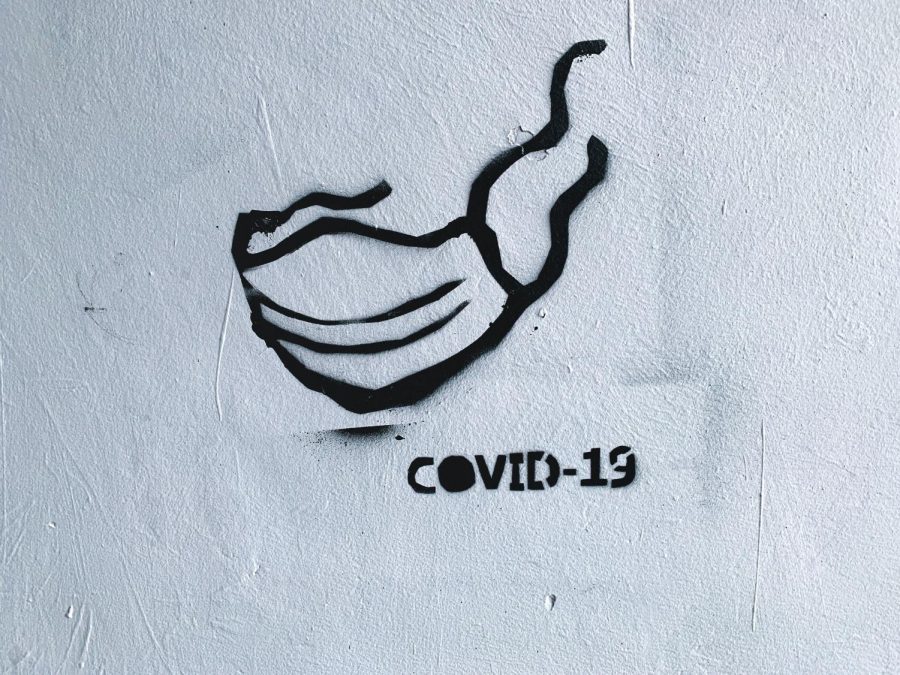Model Minority: Hate in the time of Coronavirus
April 28, 2020
Coronavirus has ravaged countries around the world. From China to Spain, countries are struggling to cope with staggering losses as death tolls mount and unemployment rates climb. No country is immune to the harmful effects of this virus as viruses do not infect or discriminate along racial lines. COVID-19 is unbiased in who it impacts as it infects people from all walks of life, the elderly, the young, the wealthy and the less-fortunate. More so than ever, people should be united as we stand tall against coronavirus. Unfortunately, that is far from the truth.
Rising in tandem with the rate of infections are reports of racially motivated attacks and incidents against members of the Asian-American/Pacific Islander (AAPI) community. Hate crimes against Asians have skyrocketed to approximately 100 per day, according to Congressional Representative Judy Chu (D-Calif.). These attacks are motivated by fear and rhetoric tied to the origins of coronavirus. While it is widely accepted that the likely origin of this disease began in Wuhan, China, this does not justify people’s discriminatory behavior towards Chinese people or “similar-looking” people of East Asian descent.
Asian-Americans have gone from being praised as hard-working, ‘model minorities,’ as illustrated by the cover of Time Magazine in August 1987, to the “bat-eating” foreigners who brought coronavirus to America. While the model minority label holds as much truth as blaming Asian-Americans for this pandemic, it illustrates a poignant reality faced by many in the AAPI community. Jon Cho, a Korean-American actor, aptly sums up the experiences of Asian-Americans as having a “conditional” belonging.
The racism born out of coronavirus is only the latest chapter in the long history of anti-Asian sentiments in America. Chinese-Americans, who first came as railroad workers, have the distinction of being the only ethnicity to be denied naturalization on the basis of race. During World War II, Japanese-Americans were forcibly removed from their homes and mass interned in camps. It seems that no matter the sacrifice or contributions made by members of the AAPI community, we will never overcome the trope of “perpetual foreigners.”
The deliberate use of racially charged references to coronavirus by members of the highest levels of government have only fanned the flames of racism. Several members of the Trump Administration, including the President himself, have publicly used terms like, “Chinese virus,” “Wuhan virus,” and “Kung Flu,” in their official statements to the press and the nation. Despite widespread condemnation from across both sides of the aisle, discriminatory references to coronavirus continue to be made. These remarks are directly tied to the growing wave of racism faced by Asian-Americans nationwide. The latest heartbreaking stories include a Burmese-American family of three getting stabbed outside a store in Midland, Texas and a Chinese-American woman who was severely burned by an acid attack outside her home in Brooklyn.
Many Americans have embraced social distancing in an effort to slow the spread of coronavirus and to help keep others safe. Those of us who do venture outside, either as an essential worker or to make a grocery run, we usually hear a loved one tell us to, “stay safe.” For most people, staying safe means to vigorously wash one’s hands or to wear a mask in public, but for many Asian-Americans, “staying safe” has taken on a much more tangible fear. “Staying safe” goes beyond practicing good hygiene, it means to remain vigilant as to avoid becoming the next victim of a hate crime. Racism is indiscriminate, it can affect anyone. If you see something, say something. Don’t stand idle and let it happen, we’re all Americans at the end of the day.







